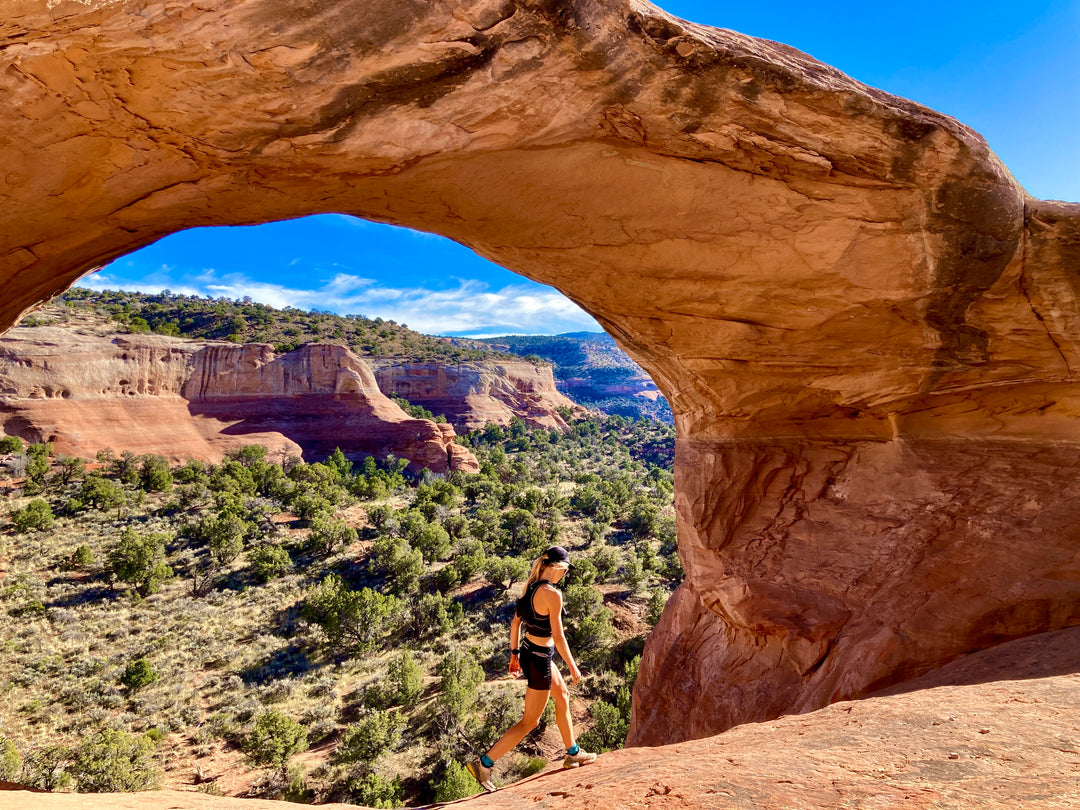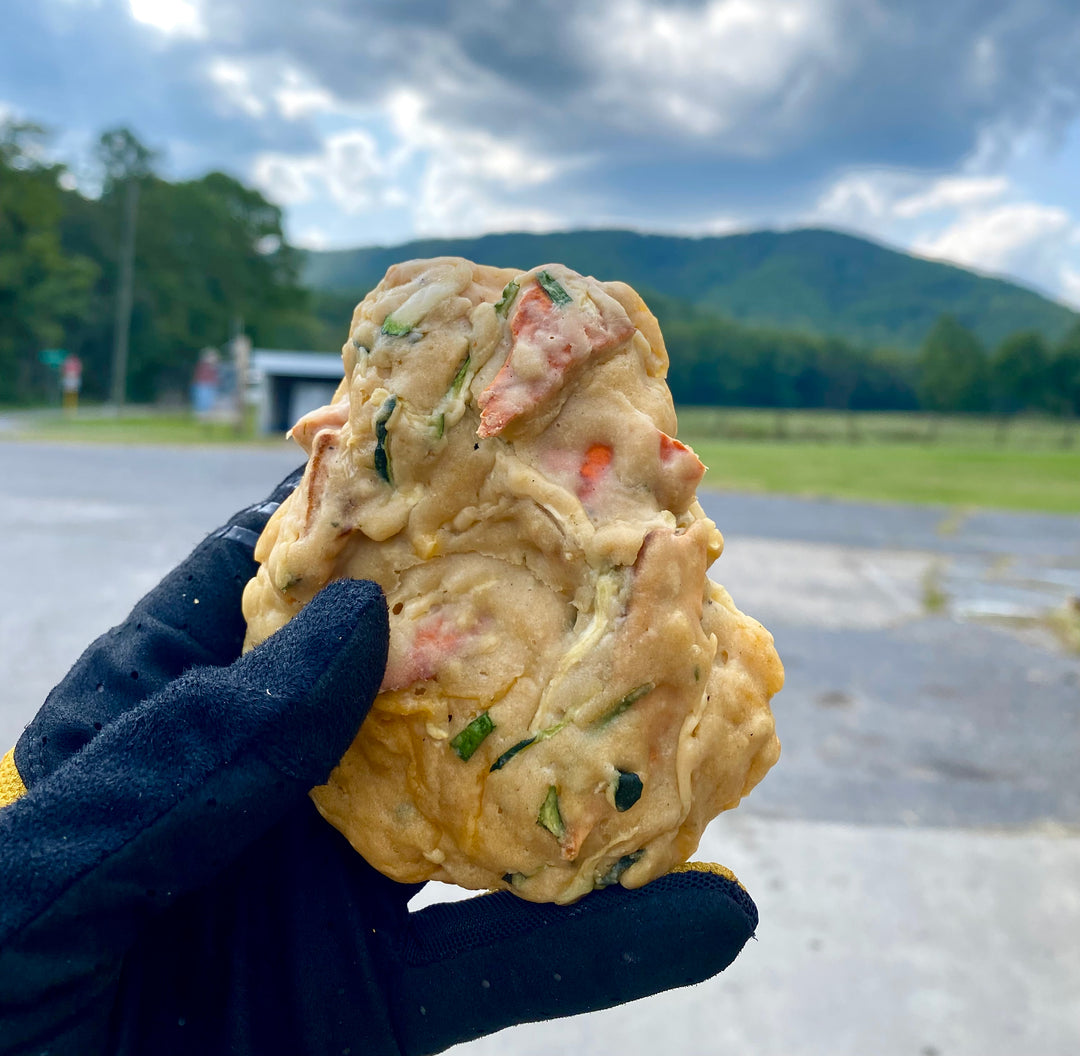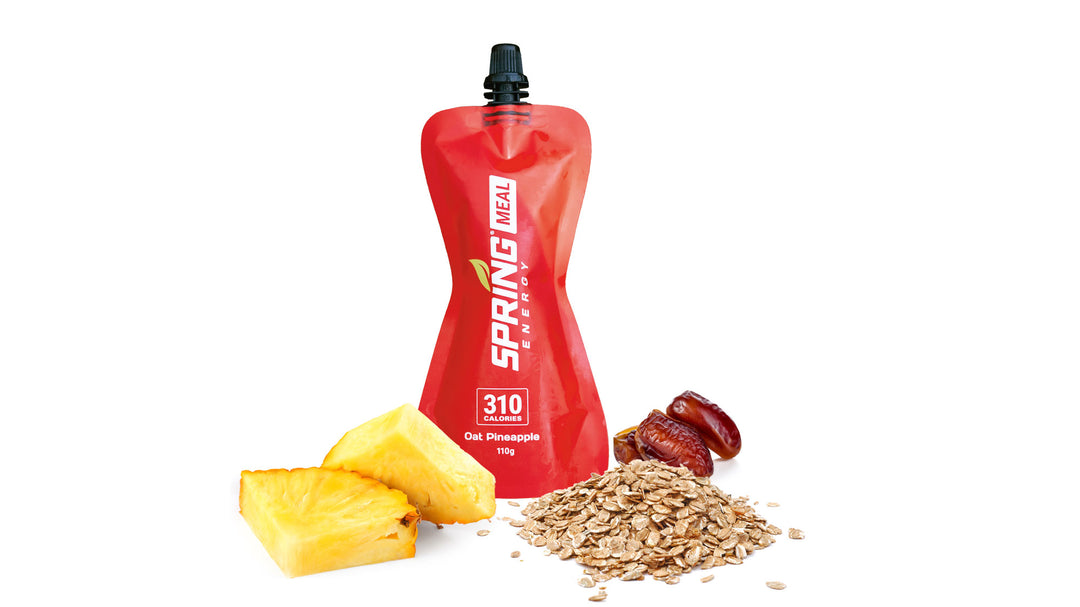Planning for Summer Adventures | Rachel Drake

Adventure season is upon us! As the snow melts and alpine opens up, I’ve been dreaming of long days in the mountains. To me, this is the true essence of our sport. Moving comfortably on your own two feet, with a pack full of snacks and no ambition but to simply enjoy the day. Nearly all of my favorite running experiences are from summer days like this, spending a lot of time bumbling around the forest and high alpine with friends who also enjoy this sort of thing. I moved to the Pacific Northwest from Minnesota when I was fresh out of college, and I’ve learned some lessons about backcountry travel the hard way.

There was that day I set out for a 15 mile long run in the Columbia River Gorge, thinking I could complete the loop in 2 hours, that a single gel would be more than enough fuel, but not taking into account the 5000 feet of elevation gain. Needless to say, it took me over 4 hours and I was ravenous when I got back to the car. Aside from some hunger and missing class, the consequences were benign. I’m hoping that sharing a few lessons will allow you to more safely and comfortably enjoy your summer adventures. Of course if you spend enough time in the backcountry, mistakes will happen. Let’s try to see these as opportunities to learn and optimize your next outdoor experience rather than failures. Please keep in mind that I am not a certified guide nor wilderness expert, but here are some things I wish I’d known when I was a Midwest sapling setting foot in the wild west.

-
FOOD. Bring more snacks than you think you’ll need. If you anticipate your outing taking around 5 hours, pack enough for 8 hours or more. Also, bring a variety of snacks (sweet, salty, fruity, chocolatey, meaty and cheesy are all excellent options). When you’re out in the backcountry, take note of what you’re craving and bring it with next time!
-
DRINK. Bring a filter, and make sure you know how to use it! You can carry quite a bit of water on your person as well, but a filter is great way to lighten your load and be intimate with the earth. Study your route ahead of time and read trip reports to make sure that the streams are flowing as well!
-
STUDY. Acquaint yourself with the route ahead of time. Load it on your watch, cell phone or highlight it on the map you’ll be using. Don’t rely on your comrades to be in charge of navigation, everyone should familiarize themselves with the map.

-
SAFETY. Tell someone where you will be and when you expect to be back, and check in with them when you return. Having a satellite communicator (we use a Garmin inReach) is a worthwhile investment. This allows communication to your designated contacts without cell phone service and can expedite search and rescue.
-
LAYERS. Pack plenty of layers. Traveling through different climates (valleys, alpine passes, dense forests and exposed ridges) means you may encounter a wide variety of temperatures throughout your adventure. Proper thermoregulation can make a huge difference in your experience. Wool is a great option as it continues to insulate even when wet, is fairly stink resistant, and dries quickly.
-
COMMUNICATION. Set a tone of open communication and love for one another within your group. This is an underestimated component of a successful day in the backcountry and something that can really make or break your day. Set goals before you get to the trailhead. If one person is trying to set a record and another member of the party’s goal is to photograph wildflowers, be sure to communicate that ahead of time to avoid any frustrations later on. Note that skillsets will also differ, some will be faster and others slower, one person may be comfortable on technical terrain and others less so. Be kind and patient with those who are learning. The pace and route (if deciding between several options) should cater to the slowest member of the party, and they should not be made to feel bad about it.

-
TRIED AND TRUE. Just as we say “nothing new on race day,” we should also say “nothing new on adventure day.” Setting out for a long day (or multi-day) expedition is not the ideal time to test out new shoes, sports bra or anything else. Wear what you know works, surprise blisters or chafing from a new piece of gear can introduce unnecessary discomfort.
-
CHAP STICK. Bring it, ideally with some SPF. Chapped lips are a real bummer.
-
LEAVE NO TRACE. This means that those who come after you should not be able to tell you were there. Be kind to the vegetation (ie: do not pick flowers or step on them) and pack out your waste (or someone else’s trash if you come across it).

In general, it’s ideal to start out with a long day near home so you can test out your gear and optimize your kit. Then you can work up to longer days as you gain confidence in your gear and skills. Enjoy the beauty of our wild spaces and be grateful for your ability to move through them!


















What a great thorough article! Really good reminders
Leave a comment